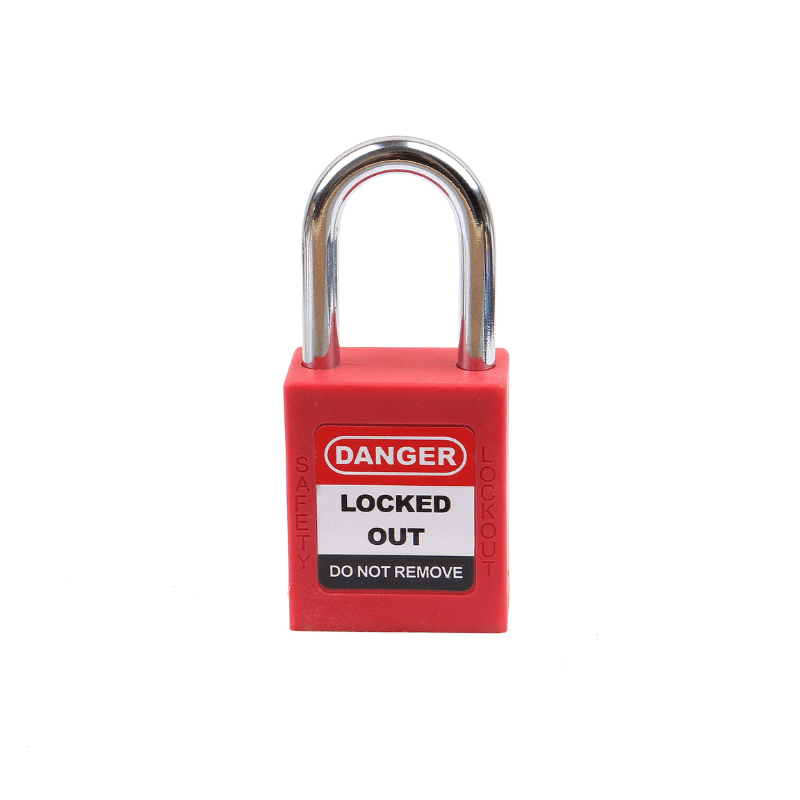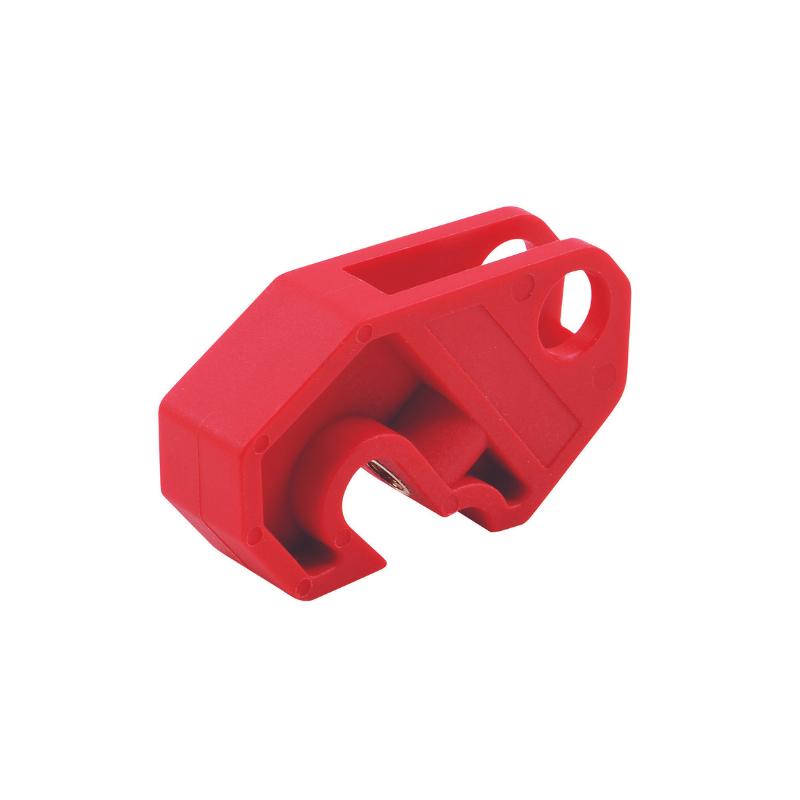Lockout/Tagout (LOTO) is a critical safety procedure that protects workers from hazardous energy release during maintenance and servicing of machinery. While standard LOTO is straightforward, industrial environments often involve multiple workers, departments, and shift changes—making LOTO complex. This guide explores best practices for managing **group lockouts and shift transitions**, ensuring workplace safety.
Table of Contents
The Challenges of Complexity
Basic LOTO often involves a single worker isolating a single energy source. However, real-world industrial environments rarely fit this simple model. Complexity arises from several factors:
- Multiple Energy Sources: Modern equipment frequently has multiple energy sources (electrical, hydraulic, pneumatic, thermal, stored energy, etc.). Each source must be identified and controlled.
- Large Equipment/Systems: Large, complex systems may require multiple LOTO points, potentially spread across a wide area.
- Group Lockouts: When multiple workers are involved in a task, each worker must have individual control over the energy isolation to prevent premature re-energization.
- Multiple Departments: Maintenance often involves different trades (electricians, mechanics, pipefitters, etc.), each with their own LOTO responsibilities.
- Shift Changes: Work that spans multiple shifts requires a seamless handover of LOTO control to ensure continuous protection.
- Contractors: External contractors must be integrated into the facility's LOTO program, ensuring they understand and follow the established procedures.
- Interconnected Systems: Isolating one piece of equipment may inadvertently affect other interconnected systems, requiring careful planning and coordination.
These complexities increase the risk of errors, misunderstandings, and, most critically, accidental re-energization, leading to severe injury or fatality.
Best Practices for Complex LOTO
To address these challenges, a robust and well-defined LOTO program is essential, incorporating the following best practices:
Comprehensive Hazard Assessment and Procedure Development:
- Detailed Energy Source Identification: Thoroughly identify all potential energy sources for each piece of equipment or system. This goes beyond simply listing the main power switch. Consider stored energy (springs, gravity, pressure), residual energy (capacitors), and potential backfeeds.
-
Equipment-Specific Procedures: Develop detailed, written LOTO procedures for each piece of equipment or system. These procedures should be readily accessible, easy to understand, and include:
- A clear description of the equipment.
- Identification of all energy sources and their isolation points.
- Step-by-step instructions for shutting down, isolating, locking out, tagging out, and verifying zero energy state.
- Step-by-step instructions for restoring energy.
- Clear diagrams and photographs.
- Designated authorized employees for the specific equipment.
- Regular Review and Updates: Procedures must be reviewed and updated regularly, especially after any equipment modifications, process changes, or incidents.
Group Lockout Procedures
In order to effectively manage group lockout procedures the following points must be taken into consideration:
- Group Lockbox: The cornerstone of group LOTO is the group lockbox. This is a secure box where the keys to the individual energy isolation locks (applied to the equipment) are placed.
- Authorized Employee Control: Each authorized employee working on the equipment applies their personal lock to the group lockbox. The equipment cannot be re-energized until all locks are removed from the group lockbox, ensuring no one is exposed to hazardous energy.
-
Designated "Primary Authorized Employee": One person, often a supervisor or lead technician, is designated as the "Primary Authorized Employee." This individual is responsible for:
- Verifying that all energy sources are identified and isolated.
- Placing the keys to the energy isolation locks in the group lockbox.
- Applying their own lock to the group lockbox.
- Overseeing the overall LOTO process.
- Removing their lock last, after verifying that all other workers have completed their tasks and removed their locks (see LOTO Padlocks).
- Clear Communication: Constant communication is crucial during group lockouts. Workers must communicate with each other and the Primary Authorized Employee to ensure everyone understands the status of the LOTO process.
- Tagging: Each worker also attaches a tag to their lock, clearly identifying them and providing contact information.
Shift Change Procedures
LOTO across shift changes requires a meticulously structured handover. The following structure ensures that lockout tagout is effectively managed during this process:
- Structured Handover: A formal, documented handover process is essential for LOTO that spans multiple shifts. This is not a casual conversation; it's a critical safety procedure.
-
Outgoing Shift Responsibilities:
- The outgoing authorized employee(s) must ensure the equipment remains in a safe, locked-out state.
- They must brief the incoming authorized employee(s) on the status of the work, the LOTO procedures in place, and any potential hazards.
- The outgoing employee(s) do not remove their locks until the incoming employee(s) have applied theirs.
-
Incoming Shift Responsibilities:
- The incoming authorized employee(s) must review the LOTO procedures and verify the equipment's isolated state.
- They must apply their personal lock(s) to the group lockbox before the outgoing employee(s) remove theirs.
- They must fully understand the scope of the work and any potential hazards.
- Overlap Period: Ideally, there should be a brief overlap period where both the outgoing and incoming shifts are present to facilitate a thorough handover.
- Documentation: The handover process should be documented, including the names of the authorized employees, the date and time, and a brief description of the handover. This creates an audit trail and accountability.
Managing Contractors in LOTO
Integrating contractors into a facility's LOTO program demands careful planning and oversight. Pre-job meetings, thorough training on the facility's specific procedures, and integration with the existing LOTO system are critical. Contractors must either follow the facility's program or have one that's equally stringent. Permit-to-work systems and regular audits ensure compliance and accountability. The following points should always be considered:
- Pre-Job Planning: Before any contractor work begins, a meeting should be held to discuss the LOTO procedures. This meeting should include representatives from the facility and the contractor.
- Contractor Training: Contractors must be trained on the facility's LOTO program and the specific procedures for the equipment they will be working on.
- Integration with Facility LOTO: Contractors must either adhere to the facility's LOTO program or have their own program that meets or exceeds the facility's requirements.
- Permit-to-Work Systems: A permit-to-work system can be used to formally authorize contractor work and ensure that all LOTO requirements are met.
-
Auditing: Regularly audit contractor LOTO compliance to ensure they are following established procedures.
Training & Competency
Comprehensive training for authorized employees, covering both general principles and equipment-specific procedures, is essential. Regular refresher training and competency assessments ensure knowledge retention and practical skills. Even "affected employees" need basic LOTO awareness training. This creates a culture of safety.
- Comprehensive Training: All authorized employees must receive comprehensive training on LOTO principles, procedures, and the specific equipment they will be working on.
- Regular Refresher Training: Periodic refresher training is essential to reinforce LOTO procedures and address any changes.
- Competency Assessment: Employees should be assessed to ensure they understand and can demonstrate proficiency in LOTO procedures.
- Affected Employee Training: Even employees who are not directly involved in LOTO ("affected employees") need training on the purpose of LOTO and the importance of not interfering with lockout devices.
Continuous Improvement
Continuous improvement is something which should always be incorporated into an effective lockout tagout program - this includes:
- Regular Audits: Conduct regular audits of the LOTO program to identify any weaknesses or areas for improvement.
- Incident Investigation: Thoroughly investigate any LOTO-related incidents or near misses to identify root causes and implement corrective actions.
- Feedback Mechanisms: Establish mechanisms for employees to provide feedback on the LOTO program and suggest improvements.
-
Management Commitment: Strong management commitment is essential for a successful LOTO program. Management must provide the resources, support, and accountability needed to ensure worker safety.
Example Scenario: Group Lockout with Shift Change
A team of three mechanics (Alice, Bob, and Carol) is performing maintenance on a large hydraulic press. The press has multiple energy sources: electrical, hydraulic, and pneumatic. The work is expected to span two shifts.
- Preparation: The Primary Authorized Employee (Alice) reviews the equipment-specific LOTO procedure, gathers the necessary locks and tags, and briefs the team.
- Shutdown: The press is shut down according to the procedure.
- Isolation: Alice, Bob, and Carol verify the isolation of all energy sources. Locks are applied to each isolation point (electrical disconnect, hydraulic valve, pneumatic shutoff).
- Group Lockbox: The keys to these locks are placed in the group lockbox.
- Individual Locks: Alice, Bob, and Carol each apply their personal lock and tag to the group lockbox.
- Verification: The team verifies the zero energy state.
- Maintenance Work: The maintenance work begins.
- Shift Change: At the end of the first shift, a new team (David and Emily) arrives.
- Handover: Alice briefs David and Emily on the work performed, the LOTO status, and any potential hazards. Alice emphasizes that David and Emily must apply their locks to the group lockbox before Alice, Bob, and Carol remove theirs.
- Lock Transfer: David and Emily review the LOTO procedure, verify the isolation, and apply their locks to the group lockbox. Only then do Alice, Bob, and Carol remove their locks.
- Continued Work: David and Emily continue the maintenance work.
- Completion: Once the work is complete, David and Emily follow the reverse procedure to remove the LOTO devices and restore energy to the press, following the equipment-specific procedure.
Conclusion
Managing complex LOTO situations requires a proactive, systematic, and detail-oriented approach. It's not just about following a checklist; it's about fostering a safety culture where everyone understands the importance of LOTO and is committed to following the procedures. By implementing these best practices, companies can significantly reduce the risk of serious injuries and fatalities associated with hazardous energy release, ensuring a safer work environment for everyone. The investment in robust LOTO procedures, training, and technology is an investment in the well-being of the workforce and the long-term success of the organization.
Need Expert Advice on Lockout Tagout?
Lockout Tagout (LOTO) is crucial for workplace safety, but it can be complex to implement correctly. Whether you need guidance on the best practices, training requirements, or selecting the right lockout devices, The Lock Box is here to help.
Our team of LOTO experts is ready to answer your questions and provide tailored solutions for your facility.
Contact us today at hello@thelockbox.ch – let’s ensure your workplace is safe and compliant!



